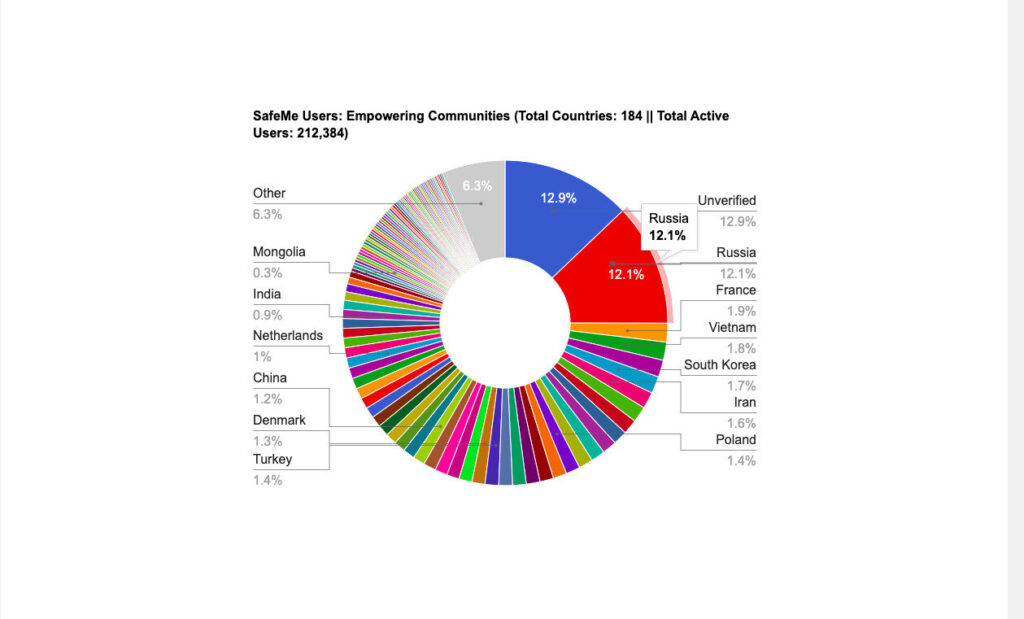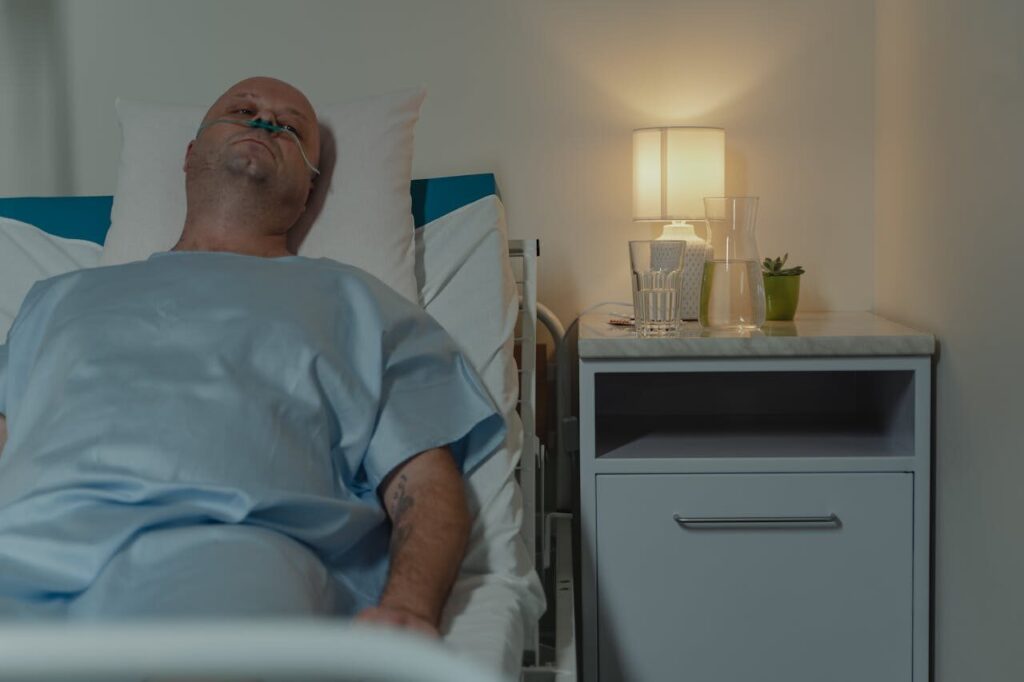In a world full of urgent medical needs, there’s nothing more meaningful than helping someone struggling with life-threatening illness or an unexpected surgery bill. But with hundreds of platforms and appeals circulating daily, you might be wondering — how do I know who really needs help? How can I ensure that my support goes to a genuine patient and not a scam? And most importantly, can my small donation actually change someone’s life?
This guide is written for you — the kind of person who wants to make a difference, but only if it’s real. Here, we’ll explore exactly how to donate to real patients, avoid traps, and see how even $5 can create a ripple of hope.
Many people search online for how to donate to real patients but end up confused by platforms that lack transparency.
Table of Contents
1. Understanding the Importance of Verified Patients

Before donating, it’s vital to understand why patient verification matters.
In the past few years, online fundraising has exploded — not just for charities and NGOs, but for individuals. Unfortunately, that also means fraudsters have followed. People pretending to be patients, recycling fake medical reports, or uploading stolen photos have tricked well-meaning donors out of millions globally.
But this doesn’t mean you should stop helping. It just means we must learn to verify:
✅ What to Look For:
- Medical Documentation: Clear, visible scans of hospital bills, diagnosis reports, doctor letters.
- Hospital Name and Location: Cross-check with the hospital’s website or social media.
- Real Faces and Real Stories: Videos and images from the hospital bed often reveal more than words.
- Third-Party Verification: Platforms like Fundsharing.org verify patients before publishing campaigns. Only verified users are allowed to raise funds.
- Community Endorsements: Is the patient known in a local group, church, or school? Are others sharing the story?
- Understanding how to donate to real patients begins with knowing what real medical documents and verified fundraising look like.
⚠️ Red Flags:
- No documentation, or blurry/fake-looking reports
- Stock photos or reused images
- No campaign updates over time
- Aggressive urgency without proof
If you’re wondering how to donate to real patients, start with the ones who show up with full transparency.
2. Choosing the Right Platform for Maximum Trust

Not all fundraising platforms are built equally. Some focus on verified medical appeals, while others are open to anyone. Choosing the right one will ensure that your money truly reaches a real patient.
Top Traits of a Trustworthy Platform:
- Manual review of medical documents
- Zero-fee or low-fee model
- Clear patient updates
- Direct withdrawal to hospitals or families
Platforms like Fundsharing.org have built their system with donor trust in mind. Each patient campaign goes through a review, and donors can even request updates after contributing.
If you’re unsure how to donate to real patients safely, start with platforms that require proof from hospitals and families.
Avoid Platforms That:
- Allow anonymous or unverified fundraisers
- Don’t require documentation
- Hide beneficiary information
- Prioritize viral campaigns over genuine needs
By selecting the right place, you’re halfway toward understanding how to donate to real patients with confidence.
3. Donating Locally vs. Globally: What Matters More?

Whether you’re donating to someone in your city or halfway around the world, real patients exist everywhere. The key isn’t geography — it’s credibility and need. Learning how to donate to real patients is essential in today’s digital age, where scams can mimic real emergencies.
When to Go Local:
- You can visit the hospital or family
- You know someone in the patient’s circle
- You want direct emotional connection
When to Go Global:
- Developing nations with poor healthcare access
- Urgent cases overlooked by local funding
- Trusted platforms with international outreach
Sometimes, people in places like Nepal, India, or Kenya need just $500–$2,000 to cover life-saving treatments — but they don’t have access to large donor networks. This is why global giving matters.
When learning how to donate to real patients, don’t restrict yourself by borders — instead, let verification and urgency guide your generosity.
4. How Even Small Donations Can Transform Lives

You might think, “I only have $5 or $10 to give — how could that possibly help?”
But let’s break the myth: your small donation can be part of someone’s survival story.
Real Impact of Small Donations:
- $2 may buy a day’s medicine
- $5 can help pay hospital bed fees
- $10 might go toward a surgery down payment
- $20 can fund critical diagnostic tests
When hundreds of donors give small amounts, campaigns cross their goals faster than you’d expect.
Also, when you donate through a zero-fee platform like Fundsharing.org, 100% of your donation reaches the patient. That amplifies your impact instantly.
So if you ever ask yourself how to donate to real patients when you don’t have much — remember, every drop helps fill the bucket.
5. Spotting Emotional Manipulation vs. Real Emergency

It’s okay to feel emotional when you see someone suffering — that’s what makes you human. But some scammers exploit these feelings with fake stories designed to grab your wallet.
So how do you spot the difference between emotional manipulation and real urgency? One of the most common questions compassionate donors ask is how to donate to real patients without getting misled.
Watch Out For:
- Over-dramatized stories with no details
- Fake crying videos or viral-style memes
- Clickbait-like titles: “Save This Baby Now or She Will Die in 24 Hours!!!”
Instead, trust campaigns that:
- Show detailed medical diagnosis
- Include names of doctors or hospitals
- Have verified platform approval
- Provide regular patient updates (photos, reports, messages)
Emotion should lead to informed giving, not impulsive regret.
If you’re still asking how to donate to real patients and not be fooled — remember this: real need is quiet but consistent.
6. Following Up: The Donor’s Right to Know

Once you donate, your journey doesn’t end there.
A good platform will allow you to:
- Receive updates about the patient’s progress
- Know when the campaign reached its goal
- See how your donation was used
- Share the story to reach more donors
Some platforms like Fundsharing.org even allow direct donor communication with campaign organizers, so you feel part of the healing process.
This transparency builds lifelong trust — and helps more people come forward to support others.
Knowing how to donate to real patients includes knowing what happens afterward.
Final Thoughts: Give Smart, Give Real

There’s a reason this matters. In a noisy digital world where scams rise fast, people still suffer silently. Families sell land, take loans, or skip treatments because they can’t raise enough money in time.
When you give — even a few dollars — to someone real, you interrupt that story. You insert hope.
And when platforms like Fundsharing.org give you the tools to do it safely, you no longer have to guess. You know your gift matters.
So now you know how to donate to real patients:
- Check verification
- Choose a trusted platform
- Understand your impact
- Give with empathy and intelligence
And when in doubt, remember — the smallest amount, given with a big heart, can still save a life.
Meet SafeMe: Your Secure Giving Partner
SafeMe is a crime prevention and security initiative working hand-in-hand with platforms like Fundsharing.org to ensure online giving stays safe. Through tools that detect fraud, flag suspicious fundraisers, and educate donors, SafeMe helps you give with confidence — and avoid digital traps.
Join SafeMe to protect your generosity and make every donation count. To truly make a difference, every person should know how to donate to real patients and avoid giving to anonymous, unverified causes.
Read More Articles:
- 🔗 Top NGOs in the World
- 🔗 Reasons People Don’t Donate
- 🔗 How to Choose a Campaign
- 🔗 Why Donate Online?
- 🔗 Top 10 Foundations in the World
- 🔗 Top 10 Most Charitable Countries
- 🔗 How to Start Fundraising
- 🔗 How to Become Successful in Fundraising
- 🔗 How to Fundraise Without Social Media
- 🔗 The Global Medical Debt Crisis
- 🔗 Importance of Donors in Healthcare
- 🔗 How to Get Help Paying for Emergency Surgery
- 🔗 How to Make Your Fundraiser Go Viral
- 🔗 How to Save a Life During a Medical Emergency
- 🔗 How to Ask for Donations Online
- 🔗 Financial Help for Hospital Bills
- 🔗 Wireless Security Cameras Risks
- 🔗 Facebook Hacking: What You Need to Know
- 🔗 How to Tackle with Suicidal Thoughts
